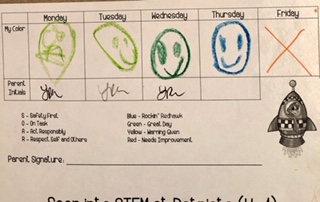Standards-based grading (SBG) shows student progress toward goals. It focuses on a student’s learning. Also, it helps students reach their potential. It differs from the traditional letter 0r numerical grading system. In addition, it gives students feedback to further their understanding of content.
Many schools have changed from traditional grading to standards-based to better assess student work. It directs students toward mastery of skills through smaller goals. It considers specific skills mastered by the student.
Standard-Based Benefits
With a continuing assessment of students, teachers can guide their instruction to a student’s needs. Students can practice skills without the fear of getting a low grade. As students practice, teachers can reflect on the instructional methods.
Traditional grades do not allow for an understanding of the failures or achievements. Standards-based grades clearly communicate the level of understanding of skills and concepts. Thus, motivation to learn increases.
Downfalls
Some parents and teachers feel students should not have the repetition to master a skill. They accept proficiency. They consider the additional time for students to continue toward mastery uses up too much instructional time. This is especially true for students who use digital assessments. Digital assessments require the scheduling of computers. Also, recreating assignments and assessments takes time.
Plan Before Starting
A proactive start is best for success.
- An area for resources and discussions on the how and what of assessing is important.
- Standards that are understood by all keep educators on the same page. Collaborate for necessary revisions.
- Be transparent to parents in empowering students in skills and content reports. Provide a guide.
Time Well Spent
Standards-based grading impacts the school culture. No matter the instructional time, the purpose of teaching is for students to reach their academic goals.
Thus, it’s meaningful to build time for a student to work toward achievement. There are various ways to practice toward mastery. Time for practice toward mastery of a skill or concept is important. Time for mastery portrays the message that learning is valuable. It says a teacher values deeper learning over basic understanding.
Families need clarity in what their child is learning in the classroom. Clarity avoids phone calls and emails for an explanation of a letter or number grade. Students and parents can reflect on the work and progress made in the classroom toward achieving goals. SBG helps students become intrinsically motivated. It helps teachers create meaningful lessons. It’s the method used for students to have a deep understanding of skills and concepts.



